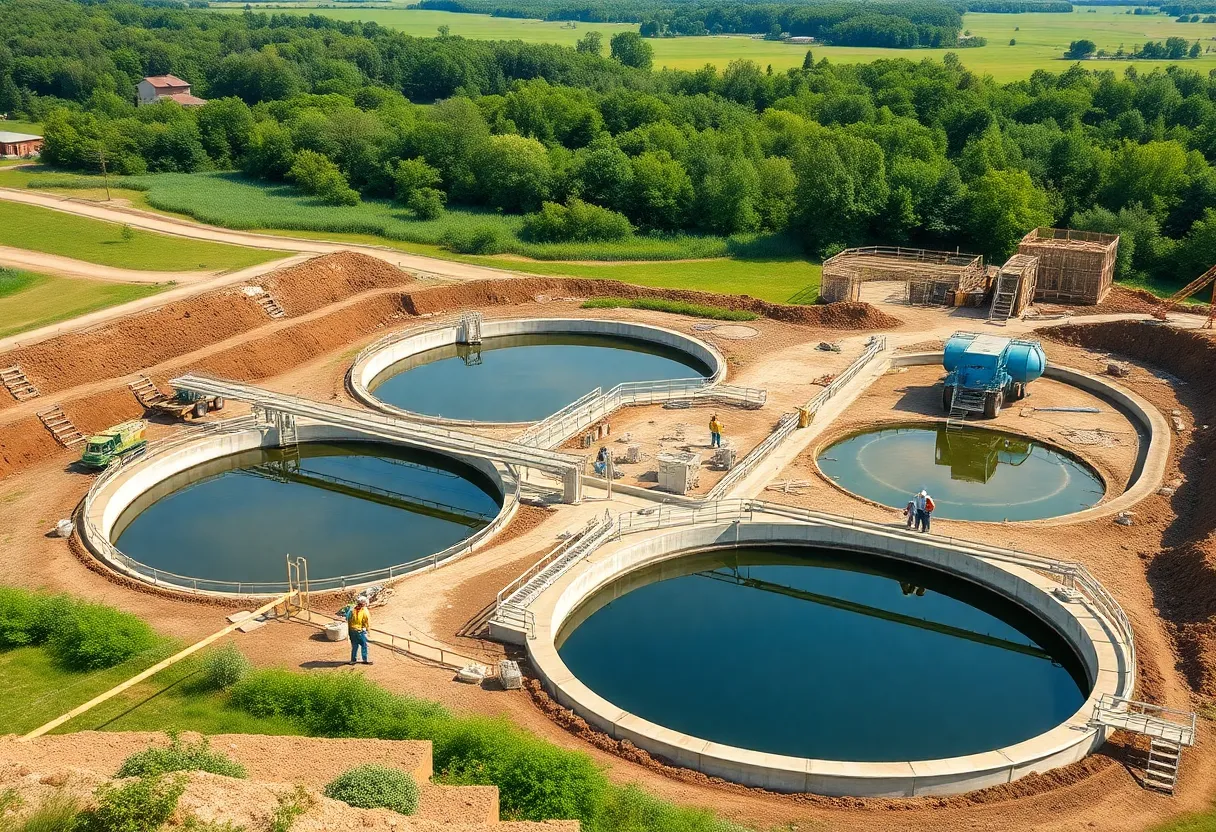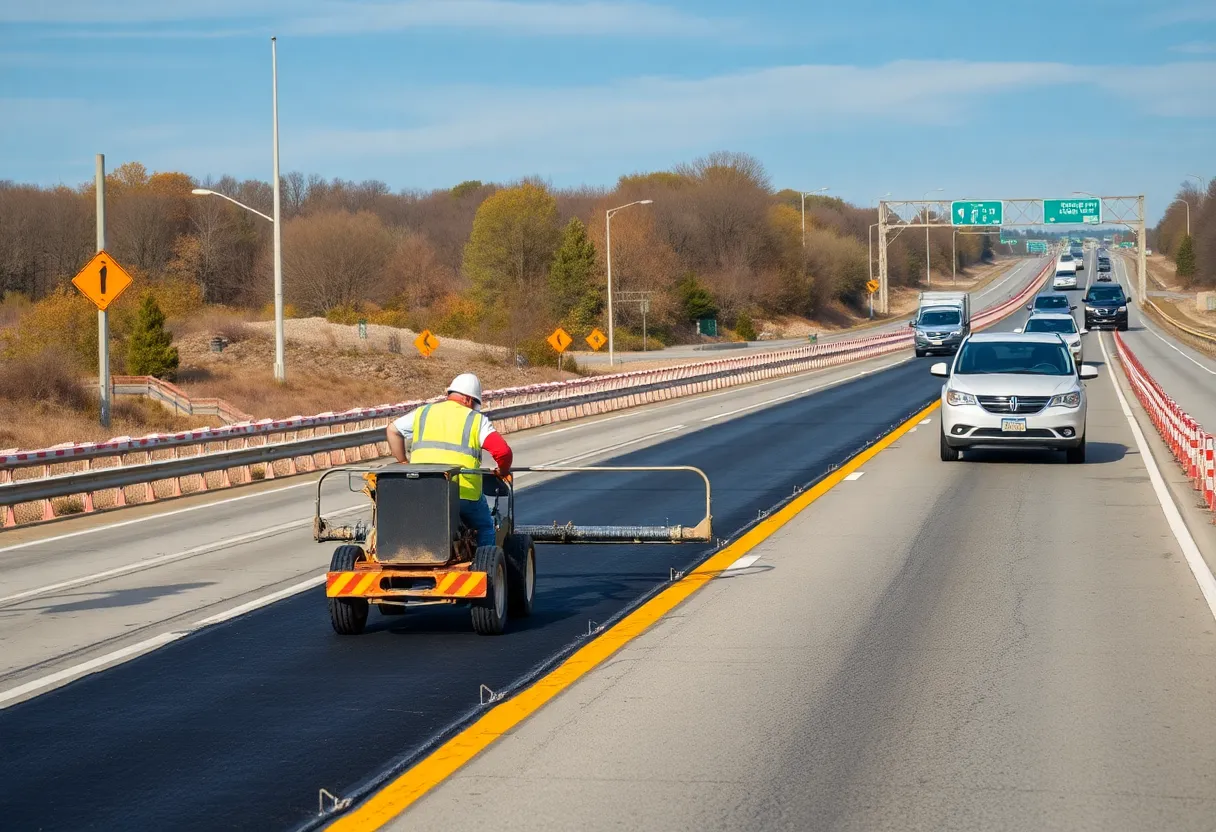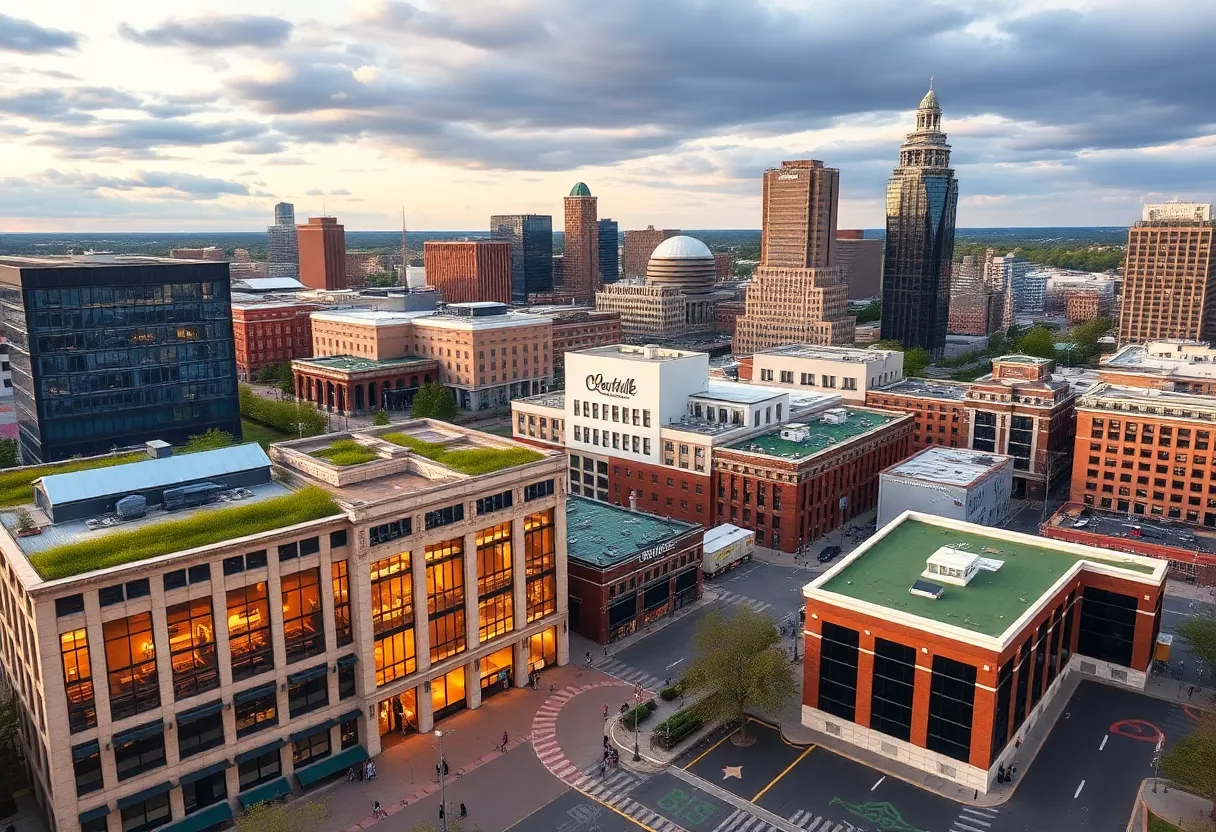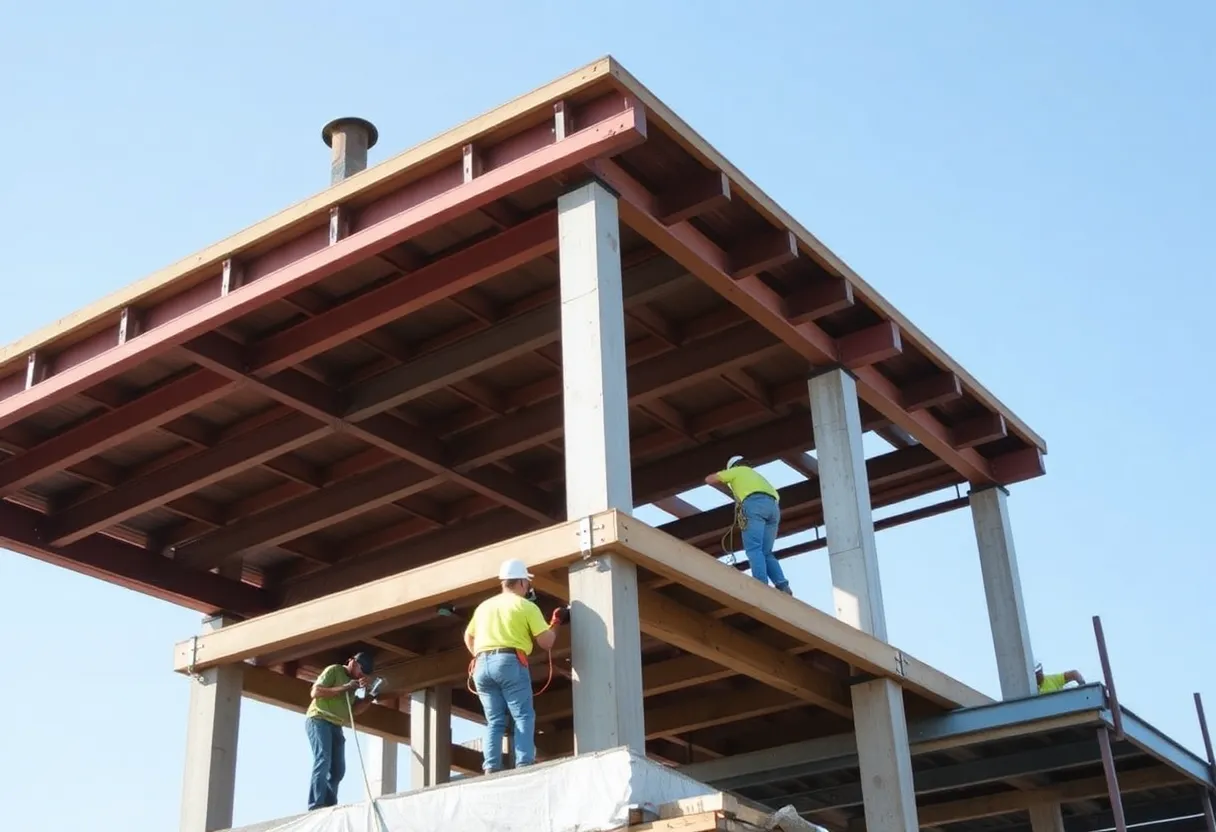News Summary
Tallahassee, Florida, is pushing forward with the construction of new sewer plants, aimed at addressing flood risks and enhancing water infrastructure. This $50 million project, which is expected to create 250 jobs, integrates advanced filtration systems and green technologies. Despite facing permitting delays that extend timelines to 2026, the initiative is designed to align with Florida’s clean water goals, ensuring public health and environmental standards are met while learning from international challenges faced in similar projects.
Tallahassee, Florida: Advances in Sewer Plant Construction Amid Global Shifts
In Tallahassee, Florida, construction of new sewer plants is moving forward to address flood risks and enhance water infrastructure, contrasting with setbacks in a U.S.-backed project in East Timor. This $50 million initiative focuses on building advanced facilities that incorporate green technologies, aiming to prevent similar infrastructure challenges faced elsewhere. The project is creating 250 jobs and strictly adhering to environmental regulations, with timelines now extending to 2026 due to permitting processes.
Key developments in this effort include the integration of advanced filtration systems by local engineers to combat flood risks effectively. These systems are designed to improve water quality and sustainability in the Southeastern region. Community forums have been held to address potential odor concerns, ensuring that public health gains are prioritized. Experts emphasize that this aligns with Florida’s clean water initiatives, contributing to broader improvements in infrastructure resilience despite global shifts in project priorities.
The $50 million buildup represents a significant investment in preventing issues like those encountered in East Timor, where a similar U.S.-backed sewage project has retreated. In Florida, the focus is on sustainable practices, such as incorporating green technologies that reduce environmental impact while enhancing public health outcomes. This approach not only tackles immediate flood risks but also supports long-term goals for cleaner water systems in the region.
Supporting details reveal that the project near Tallahassee is fostering economic growth by generating 250 jobs, which include roles in engineering, construction, and maintenance. Environmental regulations are being strictly followed to minimize any negative effects, with ongoing monitoring to ensure compliance. The extension of timelines to 2026 is attributed to necessary permitting, allowing for thorough planning and community input.
In the broader context, this Florida initiative highlights a commitment to improving Southeastern infrastructure sustainability. By learning from international examples, such as the East Timor retreat, local efforts are emphasizing robust planning and community involvement. The use of advanced filtration and green technologies underscores a shift toward more resilient and eco-friendly systems, which experts note will lead to significant public health benefits through better water management.
Further, the project is part of Florida’s ongoing clean water initiatives, designed to handle increasing demands from population growth and climate-related challenges. These advancements demonstrate how targeted infrastructure investments can create jobs, protect the environment, and enhance community well-being, even as global projects face uncertainties.
To elaborate, the advanced filtration systems being implemented are engineered to remove contaminants more effectively, reducing the risk of waterborne issues. Green technologies, such as energy-efficient processes and natural filtration methods, are integrated to lower the carbon footprint of the facilities. This holistic approach ensures that the construction not only meets current needs but also adapts to future sustainability standards.
Overall, the Tallahassee-area developments serve as a model for balancing economic, environmental, and health priorities in infrastructure projects. As timelines extend to 2026, the focus remains on delivering a system that supports Florida’s clean water goals and contributes to regional stability.
Background on the Project
In contrast to the U.S.-backed project’s retreat in East Timor, which aimed at similar sewage improvements but faced unspecified challenges, Florida’s efforts are progressing steadily. This divergence underscores the importance of local adaptations in infrastructure planning. The Southeastern United States is seeing increased emphasis on such projects to bolster resilience against flooding and pollution, driven by regional environmental policies and community demands for sustainable development.
Historical context shows that water infrastructure in Florida has evolved to address growing urbanization and climate impacts. By aligning with state-level clean water initiatives, this $50 million project near Tallahassee is positioned to enhance overall sustainability, creating a ripple effect for neighboring areas. The creation of 250 jobs further illustrates the economic benefits, while strict adherence to environmental regulations ensures long-term viability.
Experts involved highlight that these public health gains stem from proactive measures like advanced filtration and community forums addressing odor concerns. As global shifts affect international collaborations, Florida’s approach demonstrates how domestic projects can advance independently, focusing on integration of green technologies to mitigate risks effectively.
FAQ Section
- What is the main focus of the sewer plant construction near Tallahassee?
The sewer plant constructions are advancing to prevent similar issues as in East Timor, combating flood risks with advanced filtration and integrating green technologies. - How much is the project costing?
The project costs $50 million. - How many jobs are being created by this initiative?
The project creates 250 jobs. - What measures are in place regarding environmental concerns?
Environmental regulations are strictly followed, and community forums address odor concerns. - When is the project expected to be completed?
Timelines extend to 2026 due to permitting. - What benefits does the project offer?
Experts highlight public health gains, and the project aligns with Florida’s clean water initiatives, improving Southeastern infrastructure sustainability.
Key Features Chart
| Feature | Description |
|---|---|
| Cost | $50 million |
| Jobs Created | 250 jobs |
| Timeline | Extends to 2026 due to permitting |
| Key Technologies | Advanced filtration and green technologies |
| Environmental Compliance | Strictly followed regulations; community forums address odor concerns |
| Benefits | Public health gains; aligns with Florida’s clean water initiatives |
Deeper Dive: News & Info About This Topic
Construction FL Resources
Author: Construction FL News
The FLORIDA STAFF WRITER represents the experienced team at constructionflnews.com, your go-to source for actionable local news and information in Florida and beyond. Specializing in "news you can use," we cover essential topics like product reviews for personal and business needs, local business directories, politics, real estate trends, neighborhood insights, and state news affecting the area—with deep expertise drawn from years of dedicated reporting and strong community input, including local press releases and business updates. We deliver top reporting on high-value events such as the Florida Build Expo, major infrastructure projects, and advancements in construction technology showcases. Our coverage extends to key organizations like the Associated Builders and Contractors of Florida and the Florida Home Builders Association, plus leading businesses in construction and legal services that power the local economy such as CMiC Global and Shutts & Bowen LLP. As part of the broader network, including constructioncanews.com, constructionnynews.com, and constructiontxnews.com, we provide comprehensive, credible insights into the dynamic construction landscape across multiple states.





